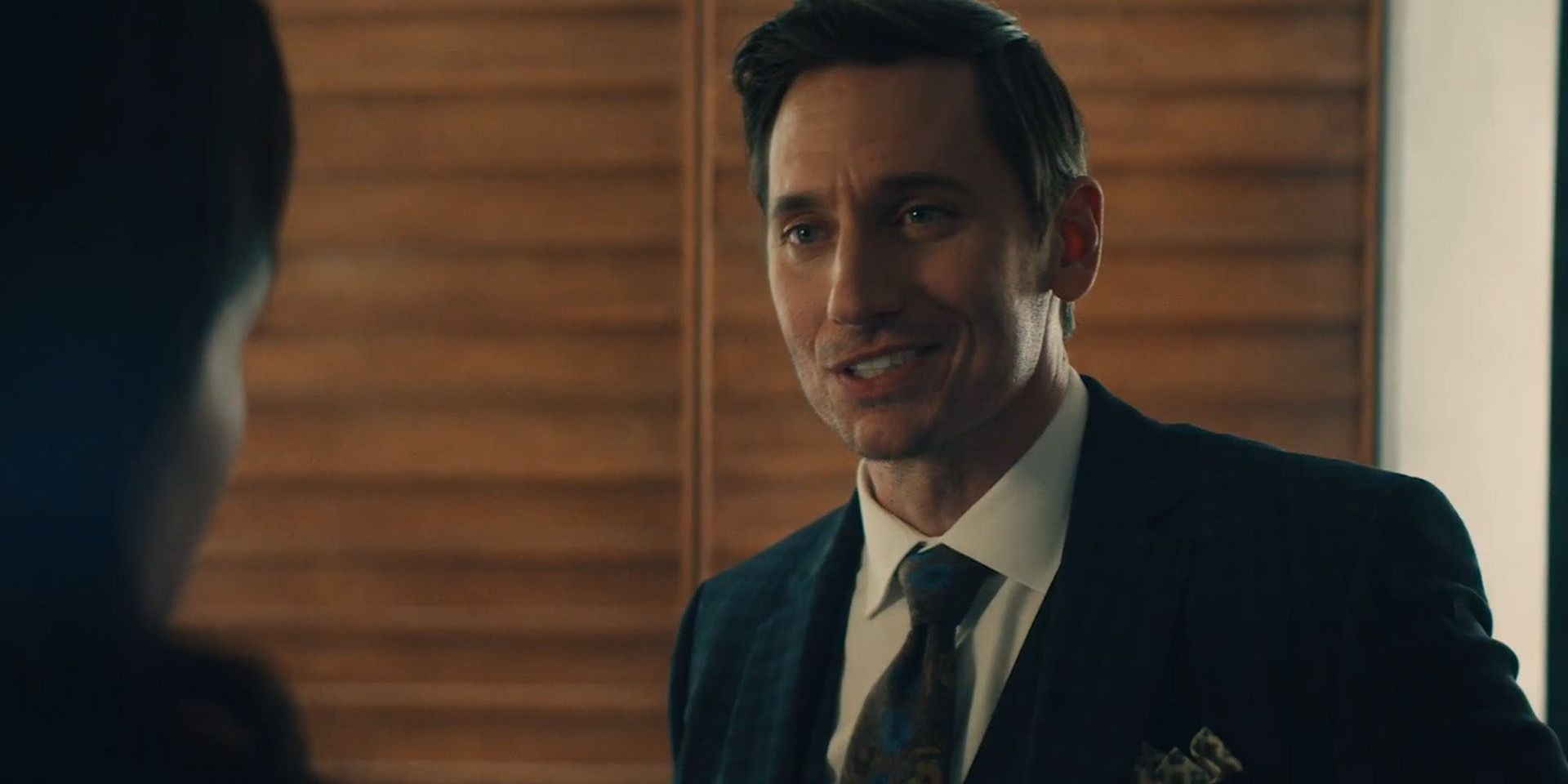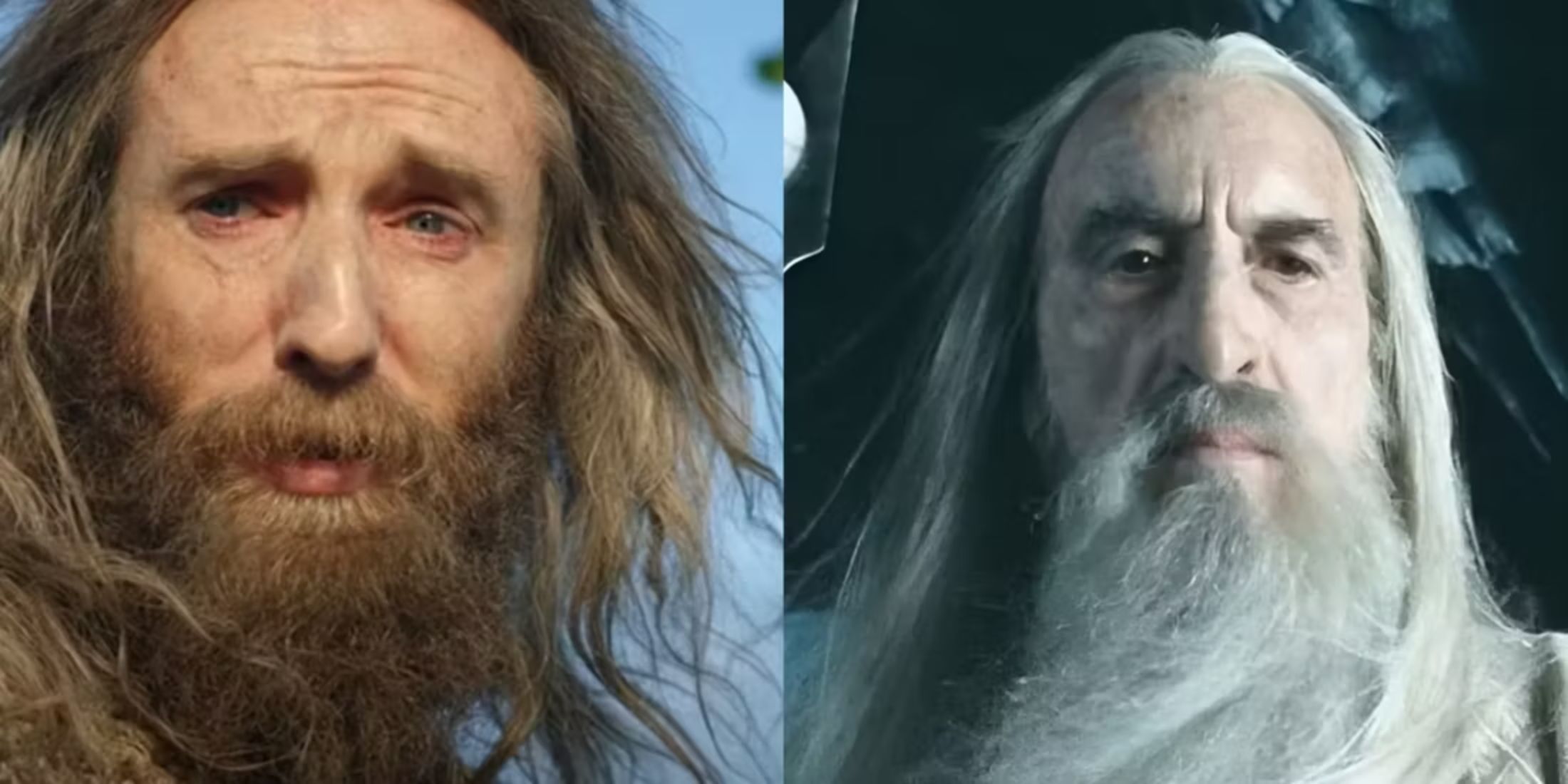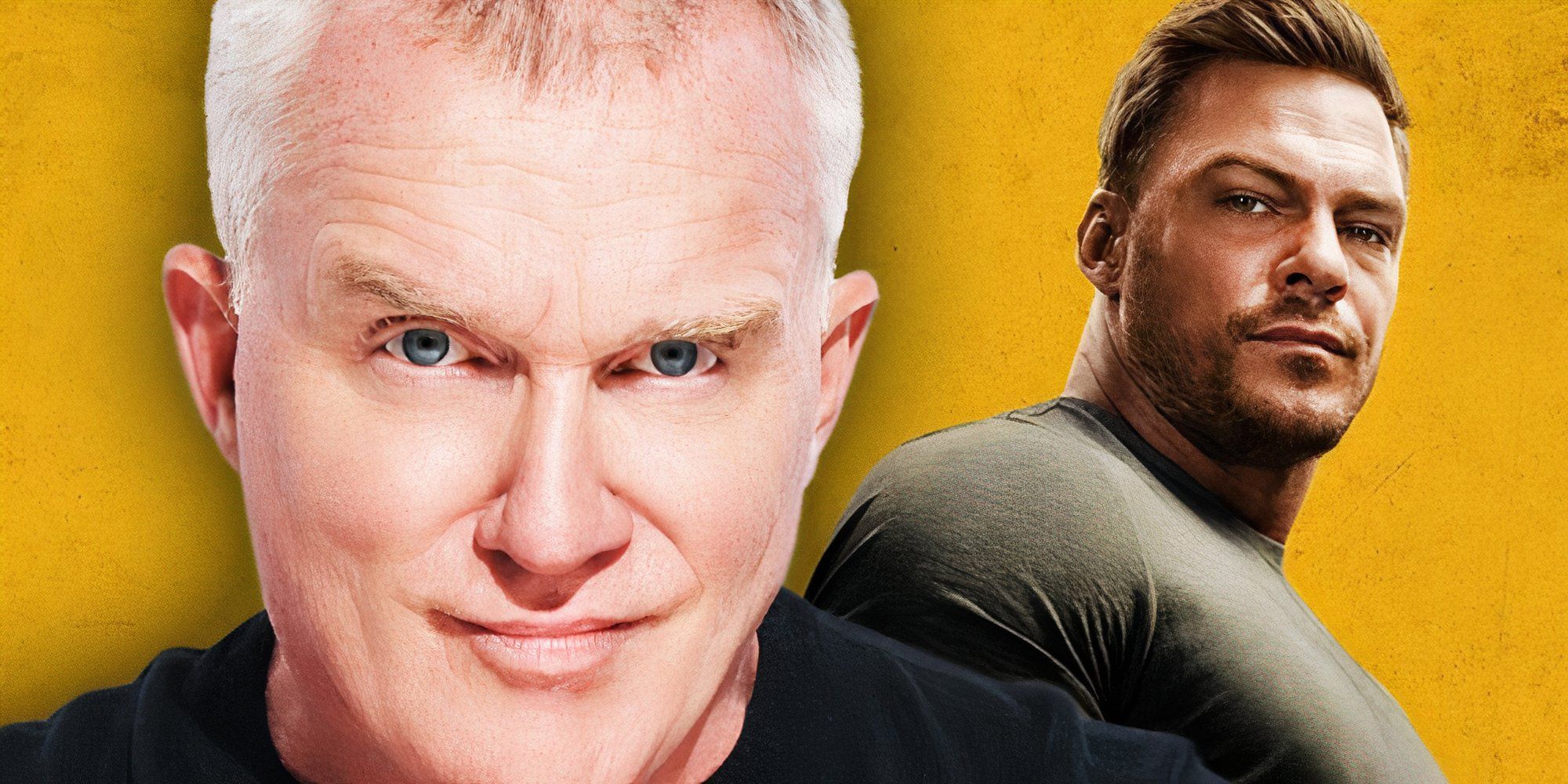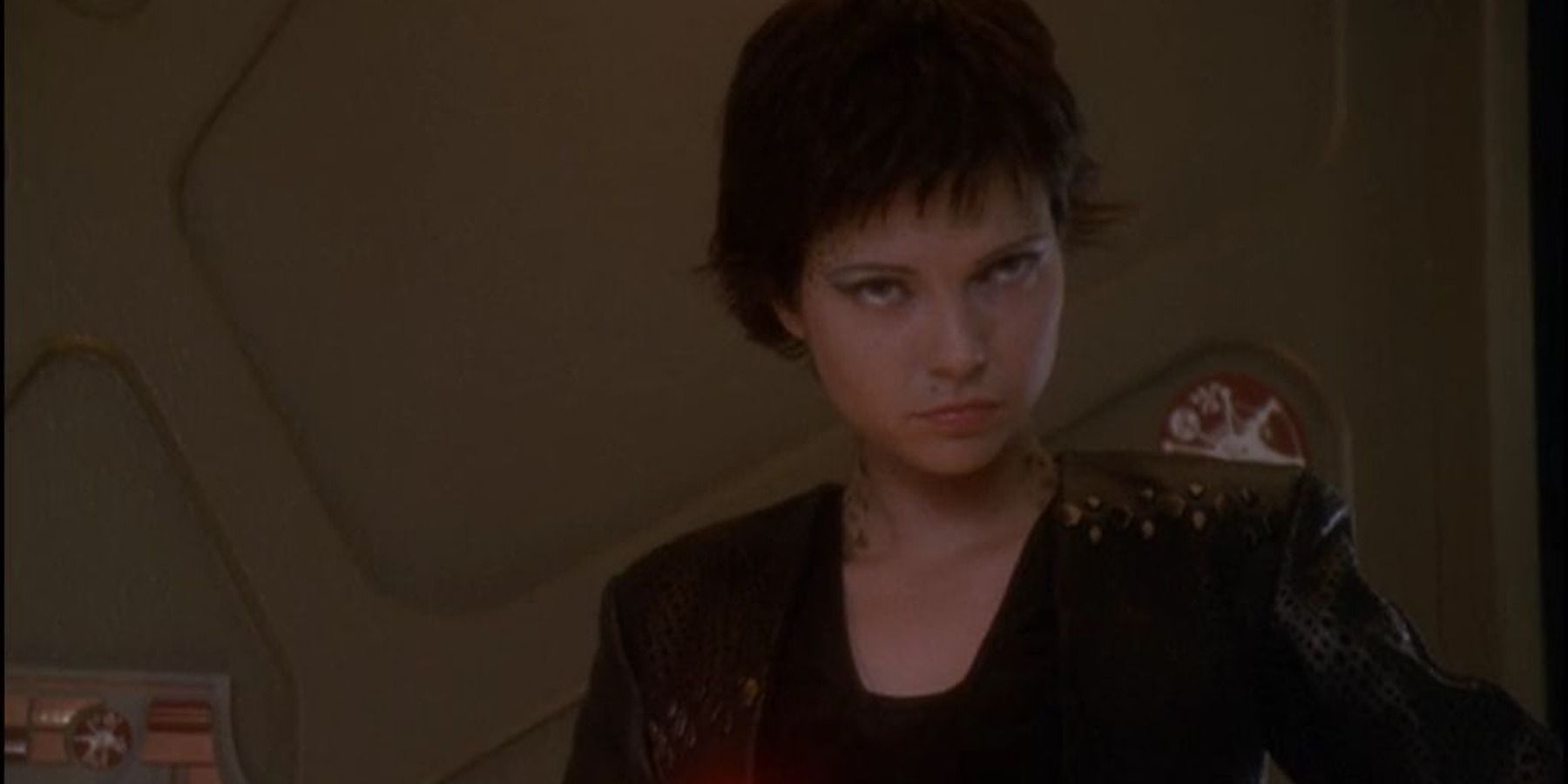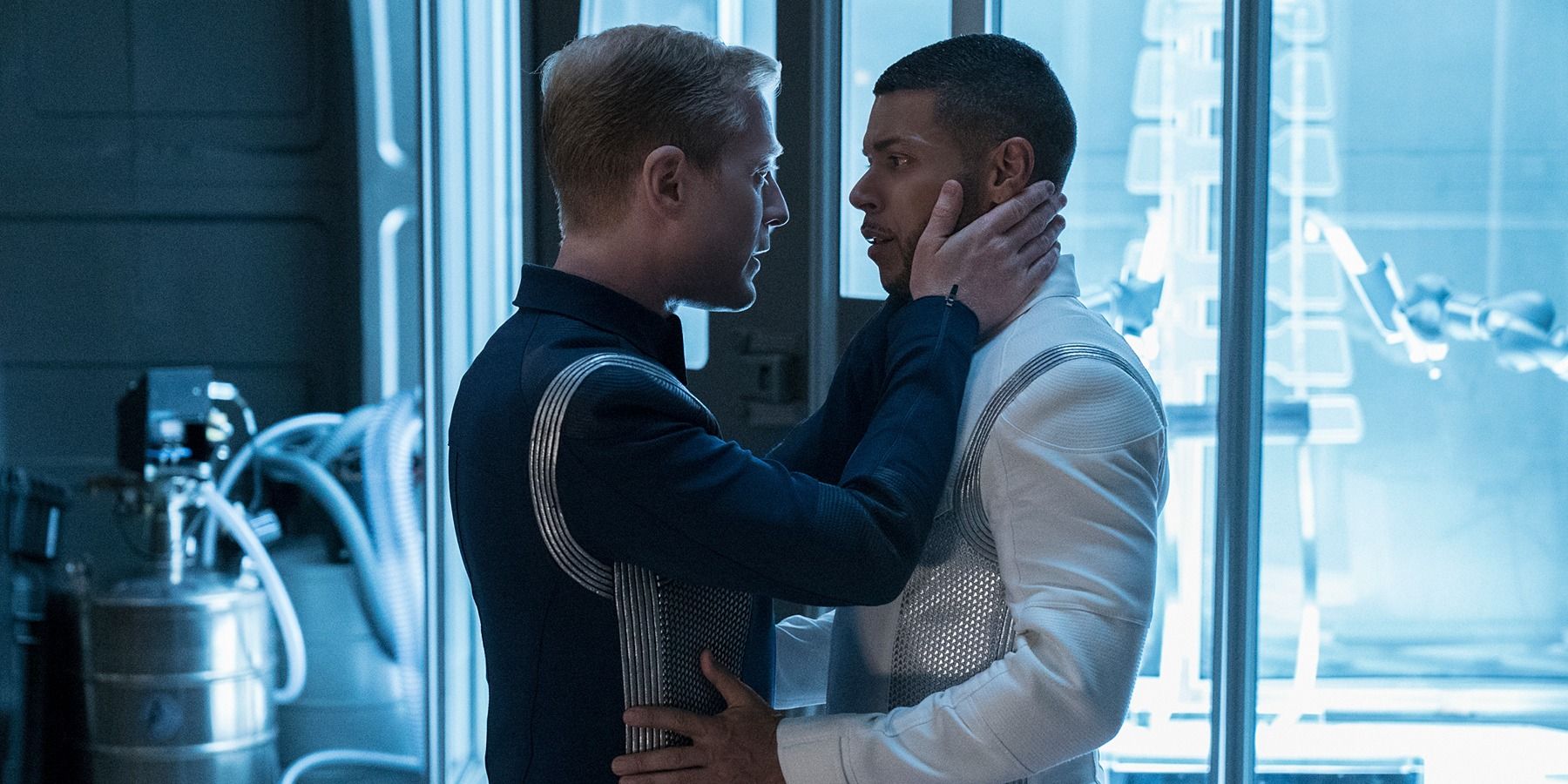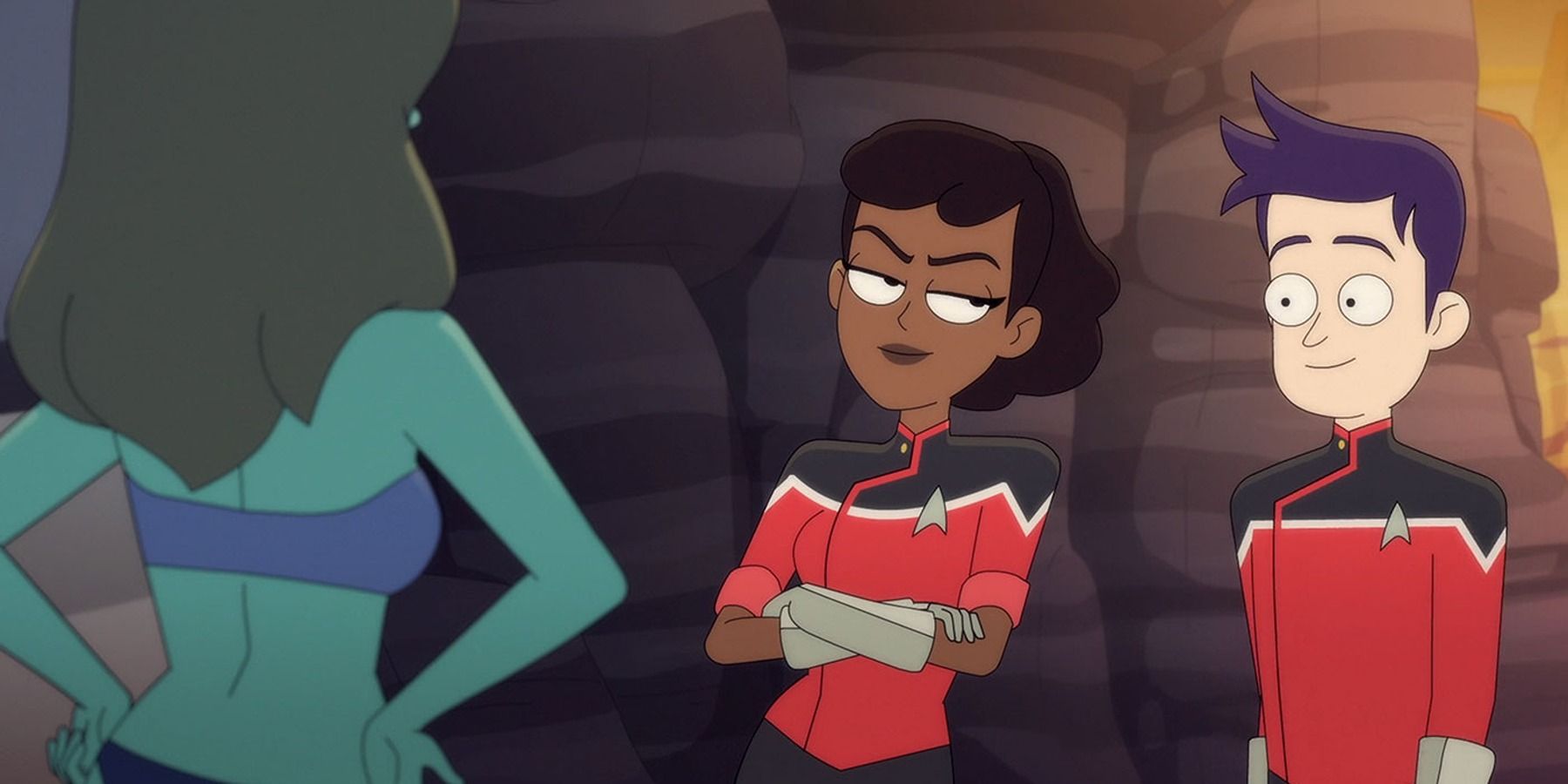Star Trek is renowned for its forays into technological, ideological and social progressiveness, featuring diverse stories across thirteen movies and hundreds of episodes of television. The franchise is known for depicting one of the first interracial romantic kisses on TV, as well as showing through allegory how prejudice and bigotry only restricts society’s advancement. Unfortunately, the franchise has been notably less progressive in representing same-sex relationships and gender nonconformity.
Gene Roddenberry, the creator of the Star Trek universe, was originally not open to having homosexual relationships or characters who identified LGBTQ+ on Star Trek: The Original Series. Interactions with gay fans and fan-clubs encouraged him to plan for more inclusivity on Star Trek: The Next Generation, but he passed away before any solid storytelling could head that direction. Since then, Star Trek has made great strides in its diversity, but only in recent years.
While Star Trek’s message of tolerance and diversity began with the 1966 show Star Trek: The Original Series, real conversation on the topic of LGBTQ+ themes didn’t manifest until over twenty years later. The Next Generation, season 5, episode 17, “The Outcast” depicted Riker engaging in a romance with a female-identifying alien, which was contentious in the story due to the societal restrictions of her race. The woman, Soren, chose her gender, though her people didn’t have gender diversity within their culture. The episode had Riker attempting to free Soren from conversion therapy, though he is ultimately unsuccessful. Many fans (and Jonathan Frakes, who played Riker) found that the story would have had more impact if Soren’s actor had been male. This episode is the only one in this series to touch on LGBTQ+ themes.
When Star Trek producers are not using allegory in lieu of exploring real queer stories, they rely on exploiting sci-fi storytelling devices. Until Star Trek: Discovery, Deep Space Nine was the Star Trek show with the most representation of LGBTQ+ characters. In both DS9 cases, however, the representation in question was subverted. In Deep Space Nine, season 4, episode 6, “Rejoined,” Jadzia Dax reunites with the wife of one of her symbiont's previous hosts. She attempts to form a relationship, and even kisses her on-screen, but the re-association of two symbionts is forbidden among the Trill people. The triumph of a lesbian romance in the show – even briefly – was dampened for some LGBTQ+ viewers by the fact that the romance in question was originally heterosexual. It was nevertheless a milestone for the franchise, and TV in general.
Later, in Deep Space Nine, season 7, episode 12, “The Emperor’s New Cloak,” another lesbian relationship is shown between the mirror-universe counterparts of Ezri Dax and Kira Nerys. Several other characters in the mirror-universe have been identified as bisexual or otherwise non-heterosexual, which many fans have criticized, as it can be interpreted as the demonization of same-sex attraction. The mirror-universe versions of Ezri Dax and Kira Nerys were openly cruel and antagonistic, as is traditional for mirror-universe Star Trek characters. Making diverse sexuality present in that universe but not the utopia of the main timeline was plainly bigoted.
There were no homosexual, transgender, or non-binary characters in Star Trek: Voyager or Star Trek: Enterprise. The next LGBTQ+ representation came in Star Trek Beyond, the third sequel in the rebooted Kelvin timeline. In that movie, Hikaru Sulu is revealed to be gay, with a husband and a daughter. There is no storyline involving Sulu’s home life, other than to have his family as background characters in the movie. The decision to portray Sulu as gay was made in honor of George Takei, who played Sulu in The Original Series. However, Takei criticized the portrayal, claiming that the interpretation of his character would not have been approved by Gene Roddenberry.
The first explicit representation of an LGBTQ+ relationship in a Star Trek TV series arrived in Star Trek: Discovery, which premiered in 2017. This series, which takes place before the events of The Original Series, stars the first openly gay character in a Star Trek show. Paul Stamets (played by openly gay actor Anthony Rapp) was Chief Engineer aboard Discovery, and married to the ship’s medical officer, Hugh Culber (played by openly gay actor Wilson Cruz). Without the shield of an allegory or sci-fi excuse, the pair played competent Starfleet officers who happened to be gay. In the show’s second season, Tig Notaro joined the crew as Jett Reno, a lesbian character who has lost her wife. Non-binary actor Blu Del Barrio joined the cast in season 3, playing non-binary character Adira Tal, the host to a Trill symbiont. Ian Alexander played Gray, Adira’s transgender boyfriend, in the same season.
Since Star Trek: Discovery, the franchise seems to be taking its cues to make a more positive turn when it comes to LGBTQ+ representation. Star Trek: Picard explored the relationship between Seven of Nine, a character from Star Trek: Voyager, and a new character named Raffi Musiker. Seven of Nine garnered massive support from LGBTQ+ fans after her introduction to the Star Trek universe, and her re-introduction to the modern era of the franchise as a queer character gained new ones. Lower Decks has also made great strides in including more diverse main characters; Ensign Beckett Mariner is openly bisexual in the show, and engages in a relationship with a female crewmate. The animated series includes many more references to multiple sexualities and gender identities, and states how natural it is to have such unquestioned diversity many centuries in the future and in the midst of many aliens.
Star Trek is a progressive show in terms of its philosophy and society, but not as much as it could have been in its early days. The show was a trailblazer in media because of how it dealt with racial issues and multicultural societies, featuring a Russian character on the crew at the height of the Cold War and a Black crew member during the Civil Rights era. Audiences were encouraged to think critically about their prejudices through incisive storytelling.
The Next Generation was the perfect stage upon which to show support for the gay population, particularly as it aired in the middle of the AIDS epidemic. Sadly, the death of Gene Roddenberry and the shift in creative control to less open-minded producers nixed progress, and stories that could have represented a vilified minority. Modern Star Trek is rectifying past mistakes by portraying LGBTQ+ characters in both prequel and sequel series, showing that despite historical prejudice, queer people have always been integral to the Star Trek universe.

